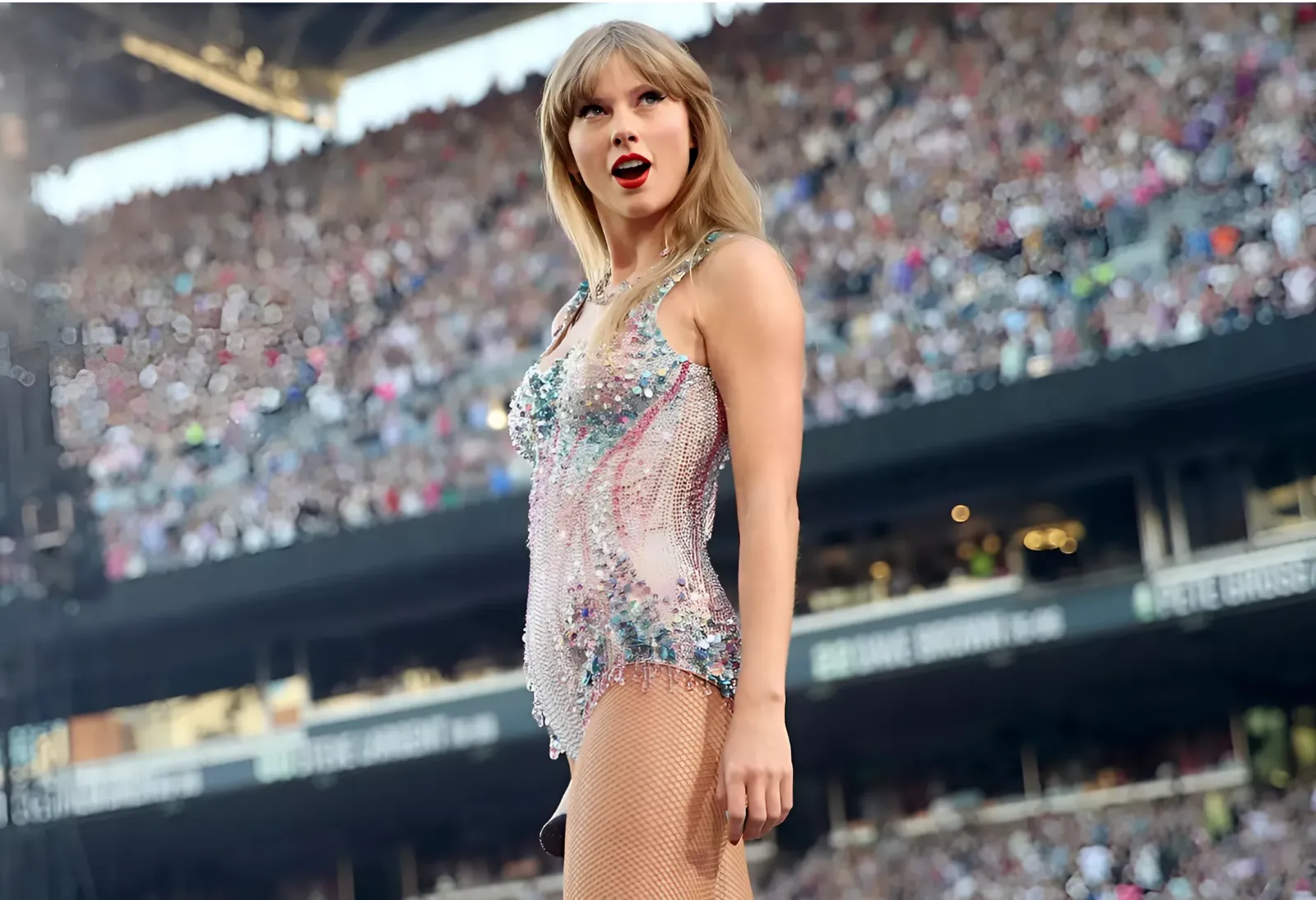Quinn Priester’s fastball averaged 93.0 mph in 44 ⅔ innings with the Pirates this season, putting him in the 33rd percentile in fastball velocity among major league pitchers.

WooSox pitcher Quinn Priester throws a pitch during a game on August 16, 2024 at Polar Park. (Katie Morrison-O’Day, MassLive)Katie Morrison-O'Day
The Red Sox knew the 24-year-old righty had the ability to throw harder when they acquired him in a 1-for-1 swap of former first-rounders that sent Nick Yorke to Pittsburgh on July 29.
“We’ve had a couple different focuses,” director of player development Brian Abraham said. “One has been on improving the velocity, which has been something he’s really bought into. He’s done that. It’s bumped up.”
Priester threw 34 sinkers in his final start of the season for Triple-A Worcester on Saturday, averaging 94.1 mph and topping out at 96.5 mph. He recorded 17 swings and misses in all, including five with his sinker and eight with his slider.
He threw 22 sinkers in a start Sept. 10 and averaged 94.7 mph while topping out at 96.2 mph. Meanwhile, he has consistently been getting whiffs with the slider, including seven in that Sept. 10 start.
“Working on his slider has been another focus,” Abraham said. “Really focusing on a pitch he can get swing and miss with, that he can get outs in the zone with, that he can get chase with. It’s been really positive.
“And then he’s also developed a cutter that I think is really going to help for his long-term major league success,” Abraham said.
The Red Sox wanted Priester to change his pitch grips and shapes so that his cutter and slider no longer blend together.
“From what I understand, it (the cutter) is something he had. It was just kind of less of a focus,” Abraham said. “So it’s been a really (good pitch) to get in to lefties and stay away from righty barrels. It’s been a big addition. And I think with that on top of the cutter and the sinker, it’s been really positive so far.”
Chief baseball officer Craig Breslow described Priester as an “extreme strike thrower” right after they acquired him. That was a previous strength they wanted him to continue to hone.
“I also think he’s been working on getting over the plate early in the count so he can get ahead and stay ahead and obviously get outs with two strikes as he gets deeper into counts,” Abraham said.
When he first began working on everything the Red Sox “threw at him” in August, his stats suffered as should be expected. It was all about the process at that point. He allowed 18 runs in 20 innings (8.10 ERA) in five starts during his first month in the organization.
But the results showed in September. He posted a 2.45 ERA (18 ⅓ innings, five earned runs), 0.98 WHIP and .197 batting average against in four starts this month.
“There’s been a bunch of things we’ve thrown at him. He’s embraced it all,” Abraham said. “I think whenever you come into another organization, especially in a trade ... it’s a significant jump. But just his willingness to be open, his willingness to make adjustments, his willingness to hear different thoughts about what we had to say. His K percentage has increased. His walk percentage has decreased. And he’s missed barrels. So we’ve been very pleased with what we’ve seen. I think it’s a really good stepping stone into the offseason.”
His sinker averaged 93.9 mph or faster in all his starts during September.
Abraham said not just one thing accounts for the velo increase.
“I think it’s off the field adding strength,” Abraham said. “I think it’s the programming within the pitching side. The plyo (balls), the athletic throwing program. I think the intentionality within sides is also something. Throwing with intent, throwing to maximize your stuff within side settings when you’re not in games to allow yourself to improve during that.
“I think it’s a lot of hard work,” Abraham added. “I think it’s consistency with the training.”
The Red Sox have discussed with Priester, who’s listed at 6-foot-3, 210 pounds, adding more weight this offseason. Abraham said Priester and the Red Sox feel there’s room for growth.
“The name of the game these days is hit the ball hard and throw the ball hard. You do that with size and strength,” Abraham said. “I think there’s definitely some low-hanging fruit there on his end. I know everybody’s different in terms of being able to add weight. Some people are able to add it very easily and some people have trouble. So I know in our exit meetings in Triple A that was kind of a focus of his, something he’s very well aware of and it feels he can do it in a positive way.”
Minor league awards
The Red Sox will present their minor league awards at a pregame ceremony at Fenway Park this weekend. The categories are Offensive Player of the Year, Defensive Player of the Year, Starting Pitcher of the Year, Relief Pitcher of the Year. Baserunner of the Year, Latin Program Position Player of the Year and Latin Program Pitcher of the Year.
It would be surprising if Offensive Player of the Year didn’t go to 22-year-old Kristian Campbell, who went from a fourth round pick in 2023 to No. 24 overall on Baseball America’s Top 100 list.
He led all Red Sox minor leaguers in extra-base hits (55).
He slugged .558 with 20 homers, 32 doubles and three triples in 115 games (517 plate appearances) between High-A Greenville (40 games), Double-A Portland (56 games) and Worcester (19 games).
Roman Anthony, Baseball America’s No. 1 prospect, also is a candidate to win the award. The 20-year-old, who won it last year, finished second in the system with 54 extra base hits. He slugged .498 with 18 homers, 32 doubles and four triples in 119 games (540 plate appearances) between Portland (84 games) and Worcester (35 games).
Isaac Coffey isn’t considered a top prospect but he made a strong case for Starting Pitcher of the Year. He led all Red Sox minor leaguers in strikeouts with 148. The 24-year-old sidearmer struck out 30% of batters he faced. He went 11-4 with a 3.17 ERA, 1.23 WHIP and .215 batting average against in 24 outings (21 starts).
Hunter Dobbins also is a candidate to win the award. The righty who turned 25 on Aug. 30, recorded a 3.08 ERA, 1.26 WHIP and .237 batting average against in 25 starts between Portland and Worcester. He was up to 99 mph and added a splinker.
Juan Valera, an 18-year-old out of the Dominican, also should be in the running. He finished with a 1.99 ERA and 0.85 WHIP in 18 outings (16 starts) between the FCL and Low-A Salem. He allowed just 26 hits (only one home run) in 63 ⅓ innings. Opponents batted .125 against him.
Jedixson Paez, a 20-year-old righty, posted a 3.17 ERA in 22 outings (12 starts) between Salem and Greenville. He showed excellent command, walking 12 batters and striking out 113 in 96 ⅔ innings.
Franklin Arias, an 18-year-old shortstop who Baseball America ranks No. 92 on its Top 100 list, is a candidate to win either Defensive Player of the Year or Baserunner of the Year.
He was successful on 35-of-41 stolen base attempts. Baseball America grades his run tool 50 (major league average) on the 20-80 scale. So he’s not a burner like Jarren Duran and David Hamilton. But he’s a smart baserunner with good instincts and maturity.
“I don’t think he’s a plus runner by any means,” assistant GM Eddie Romero said recently. “I think he’s got good speed and he’s very advanced at timing things, taking advantage and preparing before the game. He’s just got a very mature way about going into it for his pregame. He’ll know pitcher moves. He’ll know catcher arm strength. I think he’s advanced in that area. He’s got good speed. He’s not a Jarren Duran. But I think it’s that he uses his IQ to help him steal a lot of bases.”



